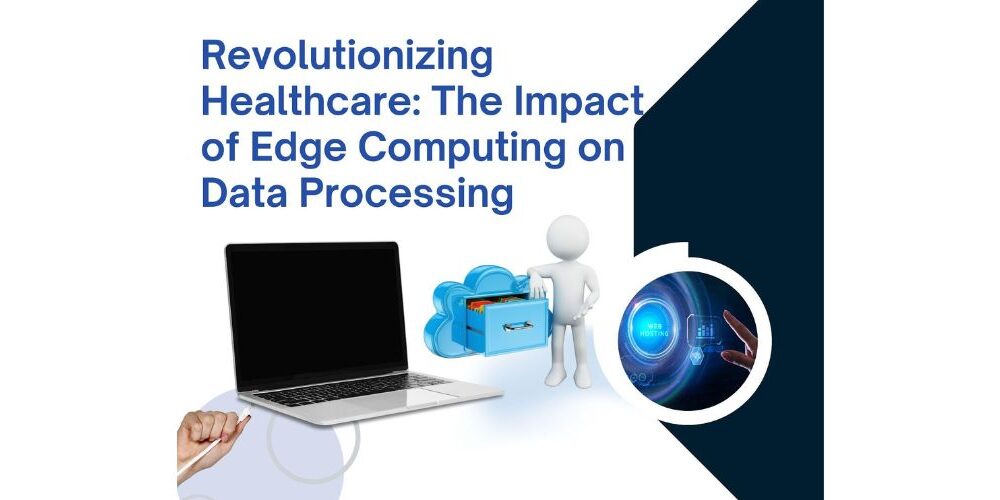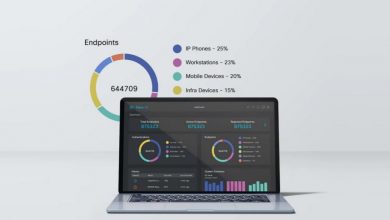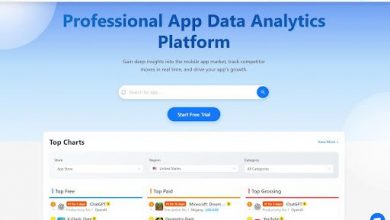Revolutionizing Healthcare: The Impact of Edge Computing on Data Processing

In the fast-evolving landscape of healthcare technology, innovations such as edge computing are transforming the way medical data is processed and managed. MadhaviLatha Vadlamudi, a leading expert in this field, explores how edge computing is reshaping healthcare by reducing latency, enhancing patient care, and addressing privacy concerns in her insightful article.
The Promise of Edge Computing in Healthcare
Edge computing is a technology that processes data closer to its source, rather than relying on distant cloud-based servers. In the healthcare sector, this shift is helping providers process patient data in real-time, ensuring quicker decisions and improving patient outcomes. As healthcare systems become increasingly reliant on Internet of Things (IoT) devices, such as wearable medical devices and remote patient monitoring tools, edge computing provides an essential backbone to handle vast amounts of data locally. This innovation is especially critical as healthcare systems strive to manage an ever-growing volume of medical information while maintaining efficiency and security.
Enhancing Real-Time Analytics with Reduced Latency
One of the standout benefits of edge computing is its ability to drastically reduce latency. In traditional cloud systems, data can take up to 100 milliseconds to process, which is a challenge for time-sensitive applications. However, with edge computing, latency is reduced to as low as 5 milliseconds. This reduction is particularly valuable for real-time applications like remote patient monitoring, where every second counts. By processing data locally, edge computing not only enhances the speed of medical decisions but also minimizes bandwidth usage by sending only relevant data to central systems.
A Greener, More Cost-Effective Approach
Edge computing also contributes to operational efficiency and sustainability. Traditional cloud systems require significant energy to transmit and process data across long distances. In contrast, edge-enabled systems, by processing data closer to its source, reduce energy consumption by up to 30%. This not only lowers operational costs but also helps healthcare providers meet environmental goals. Moreover, the reduction in network traffic further optimizes resource utilization, enabling healthcare systems to manage data more effectively and at a lower cost.
Revolutionizing Wearable Devices and Remote Monitoring
Wearable medical devices are increasingly integral to modern healthcare, enabling continuous patient monitoring and providing real-time health metrics. Edge computing enhances the functionality of these devices by allowing them to process data on-site, reducing the need for frequent data uploads to remote servers. This local processing improves the accuracy of health readings, accelerates decision-making, and significantly reduces the amount of data transmitted, which is crucial for battery-powered devices.
Strengthening Healthcare IoT Ecosystems
In clinical environments, edge computing is enhancing the Internet of Things (IoT) ecosystem. Hospitals are now equipped with an array of connected medical devices that generate vast amounts of data daily. Edge computing allows hospitals to manage and process this data locally, ensuring that critical health metrics are available instantly to healthcare professionals.
Overcoming Challenges in Security and Interoperability
Despite its many benefits, edge computing in healthcare faces significant challenges, particularly around security and interoperability. As data is processed across various endpoints, ensuring consistent security standards becomes more complex. Additionally, healthcare organizations often struggle with the integration of edge computing systems with existing electronic health records (EHRs) and other legacy systems. Standardization is crucial to streamline the communication between different devices and systems, and efforts to address these issues are ongoing.
In conclusion,As edge computing continues to evolve, its role in healthcare becomes more indispensable. The ability to process data closer to its source offers numerous advantages, including faster decision-making, improved security, and better resource management. Although there are still challenges to overcome, particularly around security and system integration, the potential for edge computing to revolutionize healthcare is clear. MadhaviLatha Vadlamudi’s exploration of this technology highlights its transformative impact, demonstrating that edge computing is not just a technical innovation but a critical component of the future of healthcare.. As healthcare providers continue to embrace digital transformation, edge computing will remain at the forefront, driving innovations in patient care and medical data management. The continued development of this technology promises to make healthcare more efficient, responsive, and secure, paving the way for next-generation medical solutions.

Source: Revolutionizing Healthcare: The Impact of Edge Computing on Data Processing



